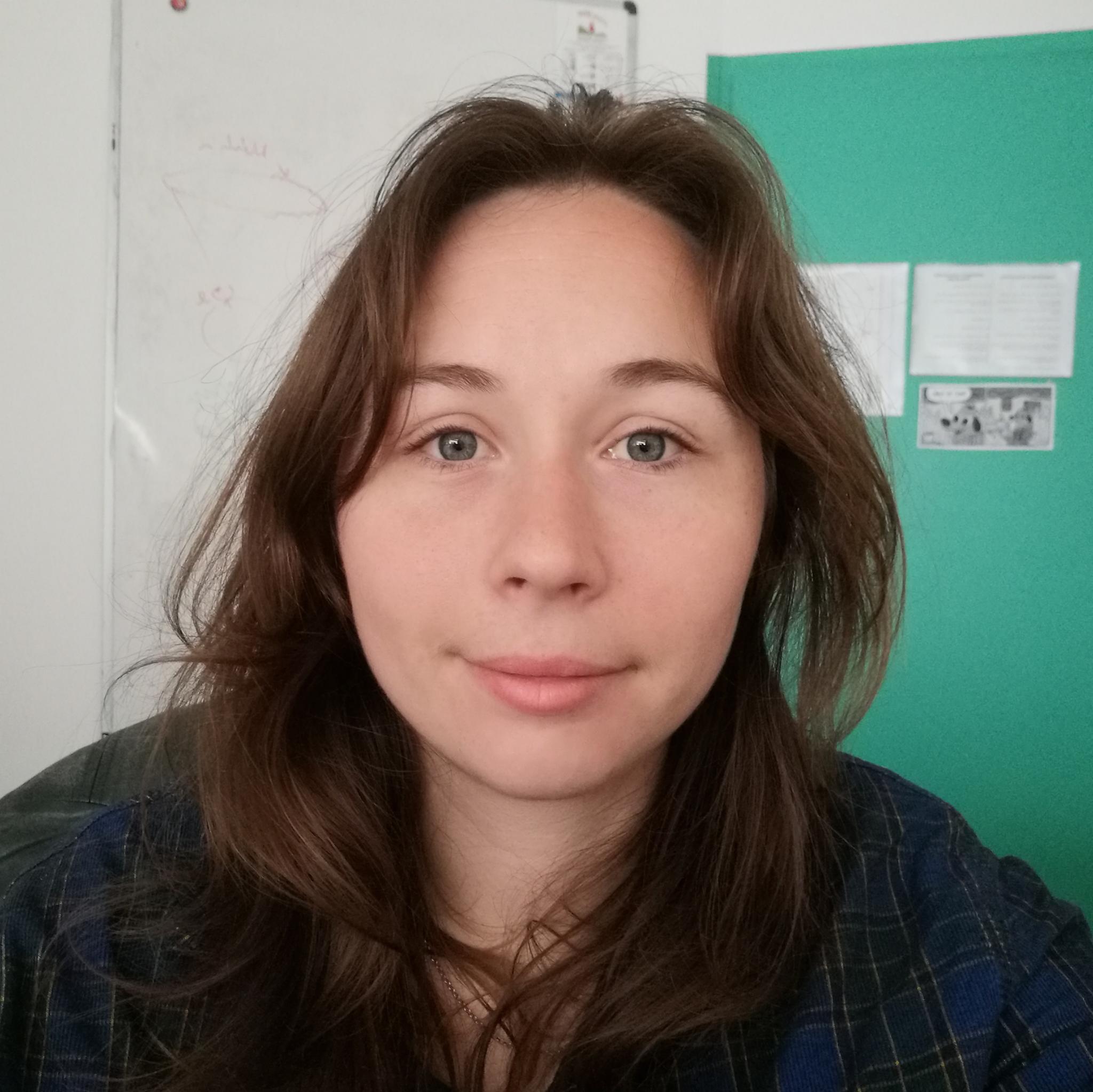Adaptive Cross‐correlation Method to Retrieve Teleseismic P‐waves in the Sec‐ ondary Microseisms Period Band
Date:
Tomasetto, L.*, Boué, P., and Stehly, L., “Adaptive Cross‐correlation Method to Retrieve Teleseismic P‐waves in the Sec‐ ondary Microseisms Period Band.”, vol. 2022, Art. no. S52C‐0076, AGU 2022.
Abstract
The correlation wavefield computed from continuous seismic recordings in the 3-10 seconds period band is dominated by Rayleigh waves generated by the oceanic secondary microseism. At large distances from the source regions, body waves are also observed. These signals, or interferences, carry valuable information about the inner structures of the Earth and could be used for imaging in addition to earthquake data.
Major microseism events can be characterized using the ocean wave model WAVEWATCHIII (WW3). Using the centroid position of each event derived from the ocean model, an adaptative selection of station pairs aligned with the source is used for cross-correlation. This opportune selection enables us to target specific phase interferences (e.g. PP-P, PKPPcP-PKP) and reduce biases by better constraining the sensitivity of our observations to the structure. Following this idea, teleseismic P waves are extracted for a single oceanic event based on a few hours’ time series. For a given set of significant events, with an equivalent vertical force above an empirical threshold of around $10^{12}$ N, we perform a detailed analysis of the sensitivity of the differential travel time (e.g. PP-P) to the source dynamic. A grid search on the source centroid is used to both validate its location and evaluate the uncertainties on the measured travel time. A dozen events per year are energetic enough to generate by themselves observable body wave interferences. But many sources often show significant redundant patterns in localization and time evolution. We thus explore the possibility to extend this adaptive approach to smaller events with a stacking method. In this manner, we consider correlations as a self-consistent measurement, avoiding the convergence towards the Green function assumption.
